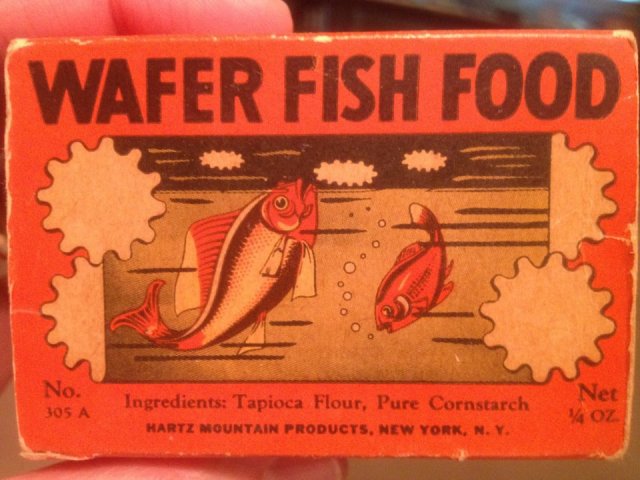And today, if one wants to lean more in one direction, than other, it is very easy to find pellets and/or wafers designed for fish that are more carnivorous, or those that are more herbivorous. And not the crap of yesteryears, such as Wardley’s so called algae wafers, that contained more corn and wheat, than algae. Another successful fish food company that has been around since the 1950’s. Ditto to Tetra, and Hagen. Having several decades in the fish food game doesn’t give them a free pass on quality control.
in commercial foods, lower cost fillers are used to spare costs for the manufacturer, not to increase fibre or roughage, to satisfy some kind of a nutritional need of a fish.
in commercial foods, lower cost fillers are used to spare costs for the manufacturer, not to increase fibre or roughage, to satisfy some kind of a nutritional need of a fish.




